Mud crab farming is extremely popular in Asian countries, including Bangladesh, India, Thailand, and the Philippines. Mud crab is in high demand on the international market and commands a premium price. Crab is a delectable dish, and several countries worldwide import enormous quantities of it each year for consumption. As a result, selling crabs provides numerous options to earn foreign cash.
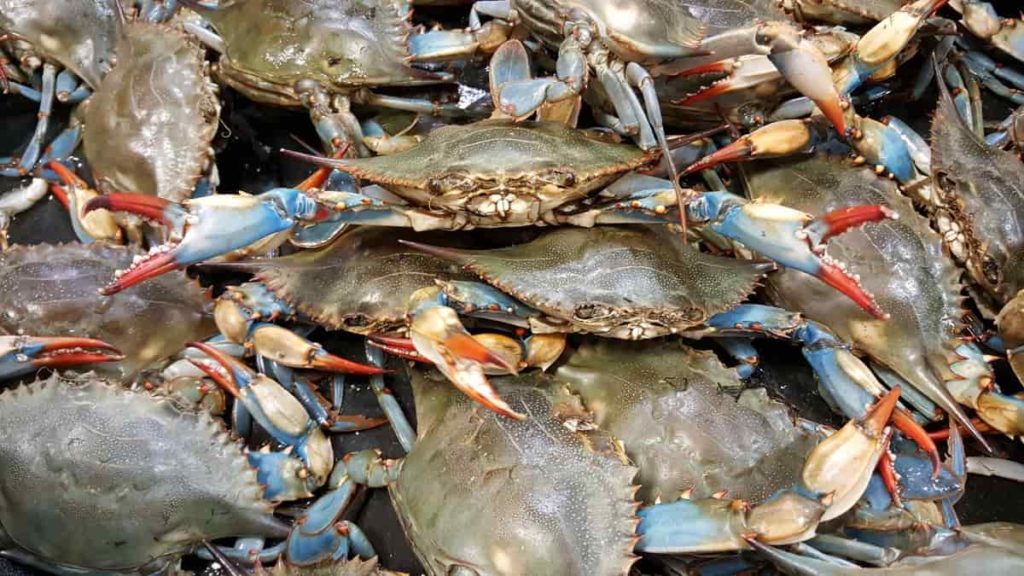
Crab farming has several advantages, including low labor costs, low production costs, and rapid growth. People in coastal areas are adjusting their lifestyles due to the commercial crab farming business. Crab farming might make us more money than shrimp farming with proper care and administration. Crab farming on a small scale has become increasingly popular. Let’s check out a way of earning 3 lakh per month from Crab cultivation.
What are the types of mud crab?
The smaller species are referred to as red claws. This species’ carapace reaches a maximum size of 12.7 cm and weighs 1.2 kg. It has non-polygonal patterns and prefers to burrow. The larger species is known as the green mud crab. Its shell could grow to a maximum size of 22 cm and weigh 2 kg. All of the limbs of these free-living organisms have polygonal patterning.
What are the Mud crab culture methods?
Grow out culture
Young crabs are raised for 5 to 6 months until they reach the desired size. The majority of mud crab grow-out systems are pond-based. With suitable bunds and tidal water exchange, the pond size ranges from 0.5-to 2 hectares. If the pond is tiny, fencing is recommended. Stocking is done using wild-caught baby crabs weighing 10-100 grams. The culture lasts anywhere from 3 to 6 months. With additional feeding, the stocking rate is typically between 1-3 crabs/m2. Trash fish, as well as other locally accessible things, are commonly fed.
Fattening in ponds
Small tidal ponds of 0.025-0.2 hectares with a water depth of 1 to 1.5 m can be employed for fattening. Before stocking the soft crabs, the bottom of the pond is prepared by draining the pond water, drying it, and applying a suitable amount of lime. On the pond embankment, there must be no cracks or leaks. Because these crabs have a proclivity for escaping through nearby sluice gate sites, more attention is required in the sluice region. Bamboo matting should be utilized to reinforce the pond’s embankment.
In case you miss this: Crab Training in India; Crab Cultural Practices
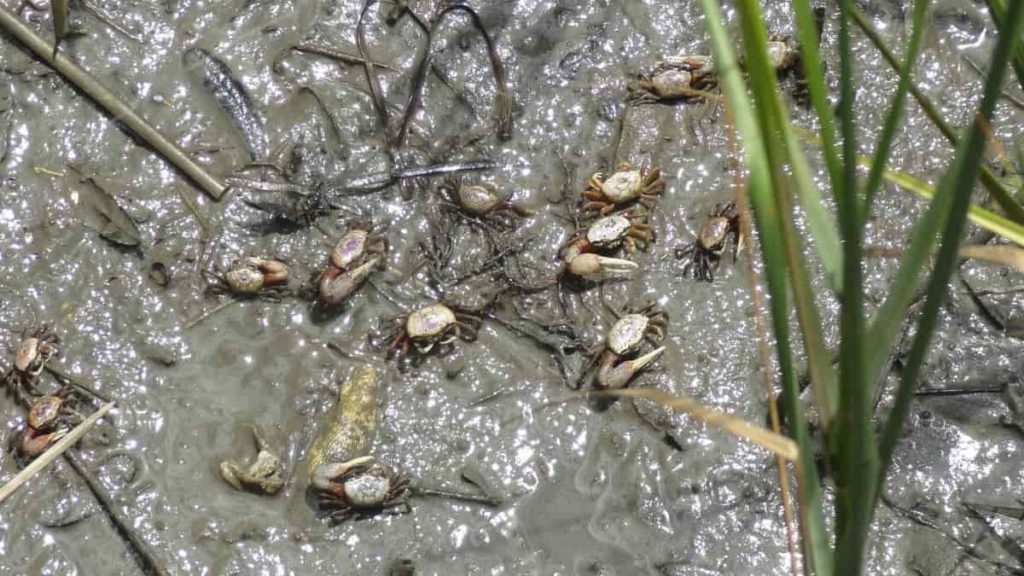
To prevent crabs from escaping, the ponds are properly walled with bamboo poles and nets all along the bund’s borders, which lean towards the pond. Soft crabs are acquired from local fisherman and crab dealers and stocked at a rate of 0.5-2 crabs per square meter, depending on crab size, in the ponds. Crabs weighing more than 550 grams are in higher demand on the market. As a result, it’s best to store crabs in this size range. The stocking density, in this case, should not exceed one crab per square meter.
A pond can go through 6-8 periods of “fattening” via repeated stocking and harvesting based on the area and number of water crabs. If the culture pond is big, it is ideal for dividing it into multiple segments of proper dimensions so that crabs of uniform size may be stocked in the same compartment. It’s simple to keep track of and harvest and valuable for feeding adjustments. It is desirable to stock compartments in a way that divides males from females to reduce assaults from additional males. Male crabs are aggressive. Give shelters such as old tires, bamboo baskets, and tiles to discourage reciprocal attacks and cannibalism.
Fattening in pens and cages
Fattening can also be done in pens, floating net cages, or bamboo cages in shallow rivers and large shrimp ponds with enough tidal water input. HDPE, netlon, or bamboo splits could be used for the netting. The cage should be at least 3 m long, 2 m wide, and 1 m high. The cages must be arranged in a row so that feeding and monitoring are simple. For example, ten crabs per square meter should be stocked in cages, whereas, in pens, five crabs per m2 should be stocked. The ends of the chelae can be clipped during stocking to decrease mutual attacks because the stocking rate in cages is higher. These therapies, unlike pond’ fattening,’ are not commercialized.
Earning 3 lakh per month from Crab cultivation
The success story of Mr. Nikhil
For two years, Mr. Nikhil of West Godavari district, Andhra Pradesh, has been cultivating crabs in cages. His family is familiar with aquaculture since his father has cultivated the fish in ponds for a decade. So when he completed his education at a famous private university, he immediately joined a software company with a massive package. He worked in that company for a year and soon realized that it was not his cup of tea, so immediately, he wanted to start a business to build a venture on his own.
In case you miss this: Mud Crab Fattening Profits and Cost
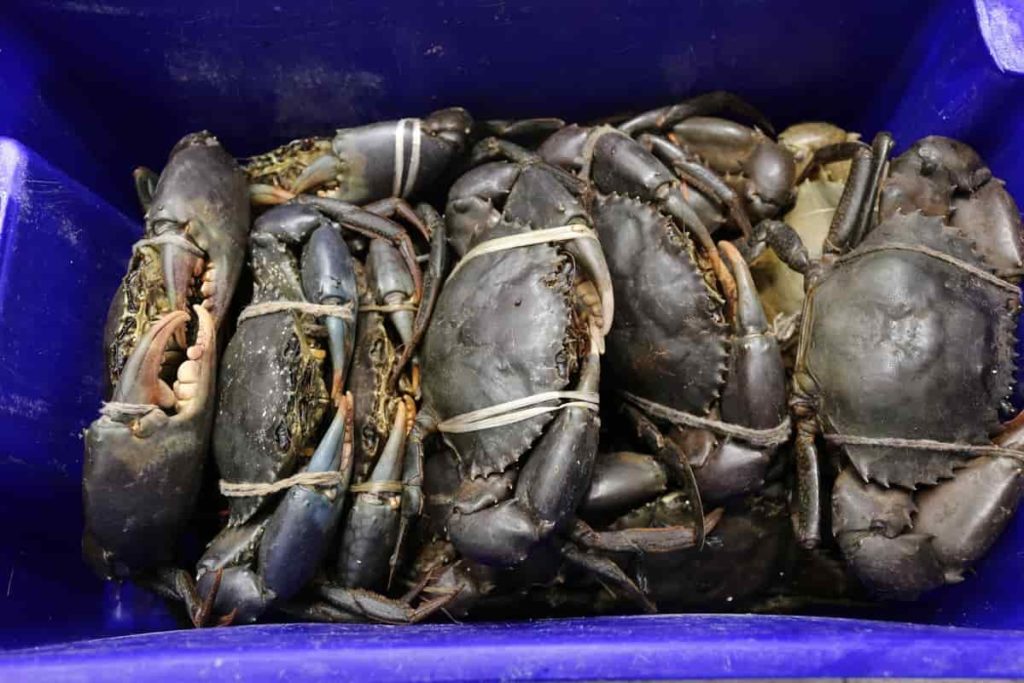
In this process, he chose aquaculture since he knew some basics about fish farming from his father. He spent nearly one year learning the various types of aquaculture techniques and realized that crab farming has a vast scope and can also be exported to foreign markets. He then decided to cultivate crabs, but the question now is which culture method to choose? As he is educated, Mr. Nikhil always wanted to use advanced and efficient techniques in agriculture and aquaculture. So, he tried to cultivate crabs by using the cages method.
Mr. Nikhil said that he observed many differences between the commercial raring of crabs in ponds and the cage culture of crabs. For example, monitoring is complicated if we implement grow-out pond culture. We can’t take care of each crab separately in the grow-out pond culture, whereas the maintenance and monitoring are straightforward if we choose cage culture for cultivating crabs, he added. Also, the yearly investment is high for grow-out culture.
However, the one-time cost is high for the cage culture method. The yearly investment is low compared to the grow-out culture. Harvesting crabs is very difficult in grow-out pond culture and is very simple in cage culture. A significant problem in crab culture is cannibalism. Cannibalism means a species feeding on the same species. Crabs can fight and lose their life if grown in ponds directly. However, as we cultivate crabs in boxes in cage culture, we can prevent cannibalism and have a high yield if we choose the cage culture method, says Mr. Nikhil.
Keeping these all points in mind, Mr. Nikhil chose cage culture to cultivate his business venture’s crabs. He knew that initial investment is high in this culture but also knew that the running cost would be low and crab quality would be high if he chose this culture method. So, he immediately started investing his money in the cage culture of crabs, and now he is earning huge profits by cultivating crabs. Let us get into the details.
In case you miss this: Mud Crab Farming Information Guide
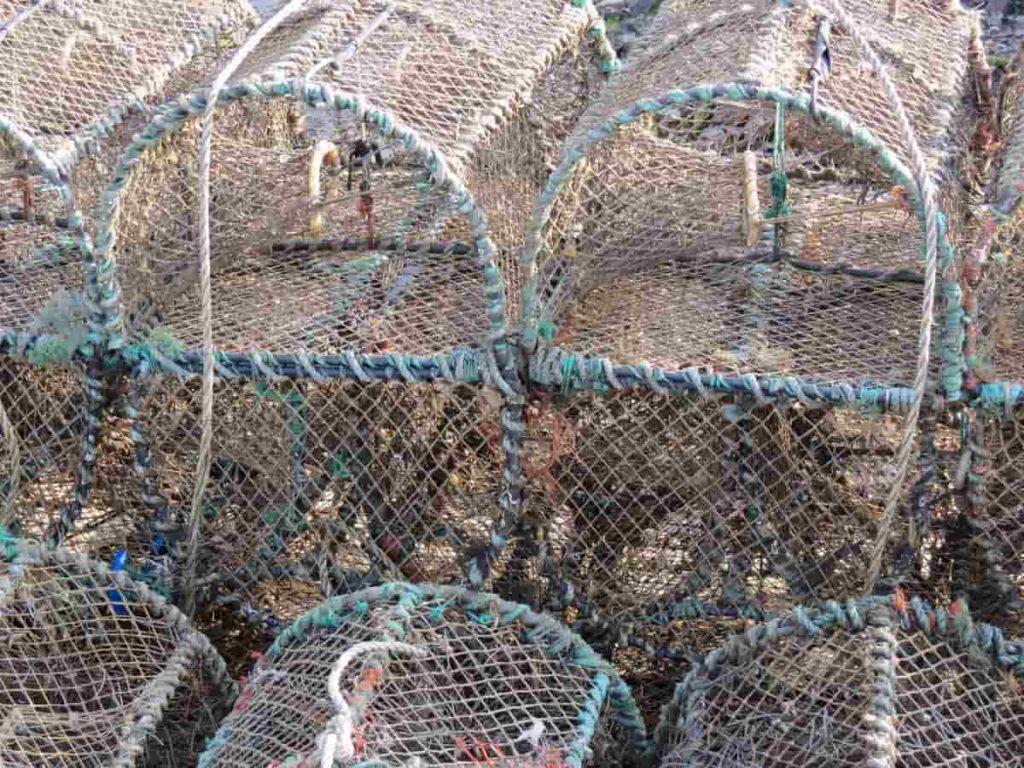
Where to cultivate crabs in the cage culture method according to Mr. Nikhil?
When asked this question, Mr. Nikhil replied that he uses his father’s fish ponds for cage culture. When asked to elaborate, he said that cage culture is a method where we cultivate crabs in special cages or boxes released into ponds or any available fish farm. You might question that when these boxes are released into ponds, it might affect the fish. Absolutely no. The containers used for this culture have holes on the top and bottom. The top holes help crabs in ventilation, and the bottom holes help the crabs with water. In this way, these crabs can’t escape into the water, says Mr. Nikhil.
Cultivation process for crabs according to Mr. Nikhil
First, Mr. Nikhil bought 10,000 boxes for crab culture. And bought 10,000 crabs initially for cultivation in these boxes. These freshly bought crabs weigh nearly 70 to 100 grams each. And we have to cultivate these crabs in the boxes. A crab nearly takes three months to grow totally. These are ready to harvest once the shell gets hard. This can take almost three months. So that means you can start harvesting the crabs after three months from when you bought them.
Each crab undergoes a molting process in the first two months. Shedding the previous shell to grow a new shell is known as molting. Crabs undergo a molting process to obtain a harder shell as they grow. It can grow nearly 20 to 30 percent of its weight in the first two months. To cultivate crabs in the boxes and release them into the ponds, you must prepare the rafts. The rafts you construct are dependent on the size of the pond you choose.
If your pond size is huge, you can prepare rafts that can fit in the pond. The more the pond size, the more is the size of the rafts, and the more are boxes that you can fit in them. Mr. Nikhil constructed five rafts of size 6 feet in width and 20 feet in length. You can assume that every raft has 120 feet * 6 boxes for more straightforward calculations. This is because you can fit precisely four boxes in the width of each box. So his every raft contains 750 boxes, says Mr. Nikhil.
In case you miss this: How this Farmer Made 10 Lakh from His Murrel Fish Farm – A Success Story
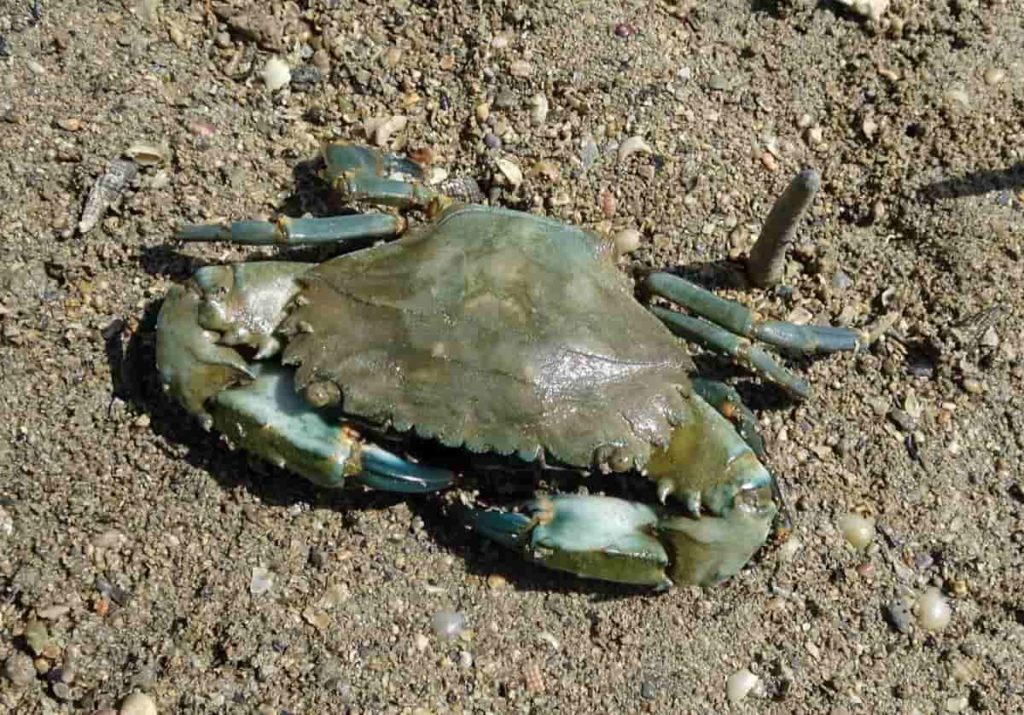
You have to monitor at least four times a day, says Mr. Nikhil. He says that you have to have strict supervision and a feed schedule to cultivate the crabs through this process. The care you take can positively impact the yield, he added. On his farm, they examine the boxes early in the morning, at 11 o clock in the morning, at four o clock in the evening, and at nine o clock at night. For feeding purposes, trash fish should be used. The leftover fish that remains in the market is called trash fish and should be used as feed, says Mr. Nikhil.
You have to feed them on alternative days, and you should make sure that you never skip the feeding schedule. For 1 kg of trash, fish can cost nearly 30 to 40 rupees. The government provided Scylla Serrata crab seed to Mr. Nikhils’s farm at a low cost. If you use Grow-out culture to cultivate crabs, you have nearly 80 percent of cannibalism chance. Crabs fight each other to each other. This is a significant issue and can be prevented by this culture which can improve your yield at a large rate. Also, the grow-out system has a high chance of getting crabs prone to diseases.
He added that these all issues can be prevented by the cage culture method. Usually, crabs can be cultured in two common ways. One is to grow them from the seed stage in these boxes, and the other is two buy them at a weight of 100 grams and cultivate them until the stage of molting stops. Mr. Nikhil chose the second method, known as fattening, as the cultural period is less. In the first method of cage culturing, you have to cultivate crabs for nearly a year.
Marketing and profit analysis of Mr. Nikhil’s crab farm
Marketing is essential for crab culture. Instead of selling your crabs to some middlemen or traders, you can have a high profit if you find a way to sell the crabs for export purposes directly, says Mr. Nikhil. Usually, you can sell your crab at 700 rupees per kg. But, if you export it, you can have a chance of selling your crab at nearly 900 to 1000 rupees per kg, he added. Each box can cost up to 50 rupees. The freshly bought seed, raft, and labor can cost nearly one lakh rupees for 1000 boxes.
In case you miss this: Brackish Water Aquaculture, System, Benefits
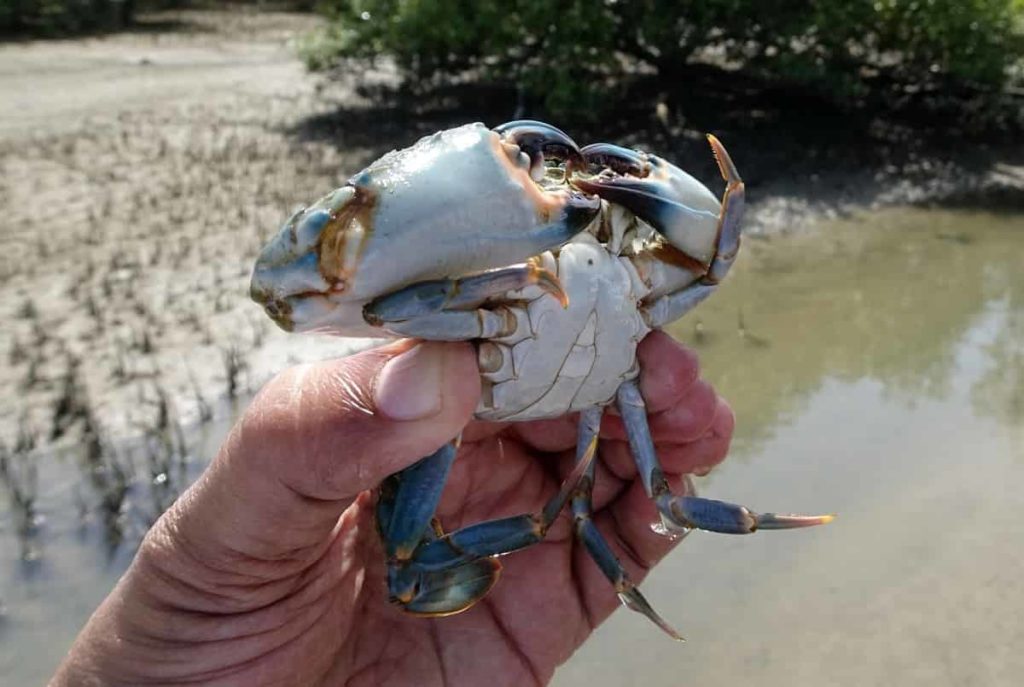
Feed cost is very less, but it can cost very high for labor. Presently, Mr. Nikhil is cultivating crabs in 40,000 boxes. So, his net investment is nearly 40 lakhs per batch, including the one-time investment cost. He sells his crabs at almost 700 to 800 rupees per kg. For 10,000 boxes, you can earn a profit of nearly 70,000 to 80,000 rupees, says Mr. Nikhil. He is cultivating crabs in 40,000 boxes. His net profit per month is almost 2,80,000 to 3,20,000.
Also, after the first year, you will get your one-time investment cost, so in the following years, you can obtain a higher profit than the values mentioned above per month, says Mr. Nikhil. For clear understanding, he considered the one-time investment cost, he expressed. In this way, from working as a software engineer in a private company to becoming successful by earning high profits from his venture, Mr. Nikhil is happy and satisfied with the work he has been doing for the past couple of years. He suggests young farmers consider the advanced techniques in any agriculture or aquaculture practices to meet the demand and obtain high profits.
- Types of Pesticides Used in Agriculture: A Beginner’s Guide
- Economical Aquaculture: A Guide to Low-Budget Fish Farming
- 15 Common Planting Errors That Can Doom Your Fruit Trees
- How to Make Houseplants Bushy: Effective Tips and Ideas
- Innovative Strategies for Boosting Coconut Pollination and Yield
- Pollination Strategies for Maximum Pumpkin Yield
- The Complete Guide to Chicken Fattening: Strategies for Maximum Growth
- Natural Solutions for Tulip Problems: 100% Effective Remedies for Leaf and Bulb-Related Issues
- Revolutionizing Citrus Preservation: Towards a Healthier, Greener Future
- Natural Solutions for Peony Leaf and Flower Problems: 100% Effective Remedies
- Maximizing Profits with Avocado Contract Farming in India: A Comprehensive Guide
- Natural Solutions for Hydrangea Problems: 100% Effective Remedies for Leaf and Flowers
- The Ultimate Guide to Choosing the Perfect Foliage Friend: Bringing Life Indoors
- From Sunlight to Sustainability: 15 Ways to Use Solar Technology in Agriculture
- The Ultimate Guide to Dong Tao Chicken: Exploring from History to Raising
- The Eco-Friendly Makeover: How to Convert Your Unused Swimming Pool into a Fish Pond
- Mastering the Art of Delaware Chicken Farming: Essentials for Healthy Backyard Flocks
- 20 Best Homemade Fertilizers for Money Plant: DIY Recipes and Application Methods
- How to Craft a Comprehensive Free-Range Chicken Farming Business Plan
- Brighten Your Flock: Raising Easter Egger Chickens for Beauty and Bounty
- How to Optimize Your Poultry Egg Farm Business Plan with These Strategies
- Subsidy for Spirulina Cultivation: How Indian Government Schemes Encouraging Spirulina Farmers
- Ultimate Guide to Raising Dominique Chickens: Breeding, Feeding, Egg-Production, and Care
- Mastering the Art of Raising Jersey Giant Chickens: Care, Feeding, and More
- Ultimate Guide to Raising Legbar Chickens: Breeding, Farming Practices, Diet, Egg-Production
- How to Raise Welsummer Chickens: A Comprehensive Guide for Beginners
- How to Protect Indoor Plants in Winter: A Comprehensive Guide
- Ultimate Guide to Grow Bag Gardening: Tips, Tricks, and Planting Ideas for Urban Gardeners
- Guide to Lotus Cultivation: How to Propagate, Plant, Grow, Care, Cost, and Profit
- Agriculture Drone Subsidy Scheme: Government Kisan Subsidy, License, and How to Apply Online
- Ultimate Guide to Raising Araucana Chickens: Breed Profile, Farming Economics, Diet, and Care
- Bringing Hydroponics to Classroom: Importance, Benefits of Learning for School Students
- Ultimate Guide to Raising Polish Chickens: Breed Profile, Farming Economics, Diet, and Care
- Ultimate Guide to Raising Australorp Chickens: Profile, Farming Economics, Egg Production, Diet, and Care
- Silkie Chicken Farming: Raising Practices, Varieties, Egg Production, Diet, and Care
- Sussex Chicken Farming: Raising Practices, Varieties, Egg Production, Diet and Care